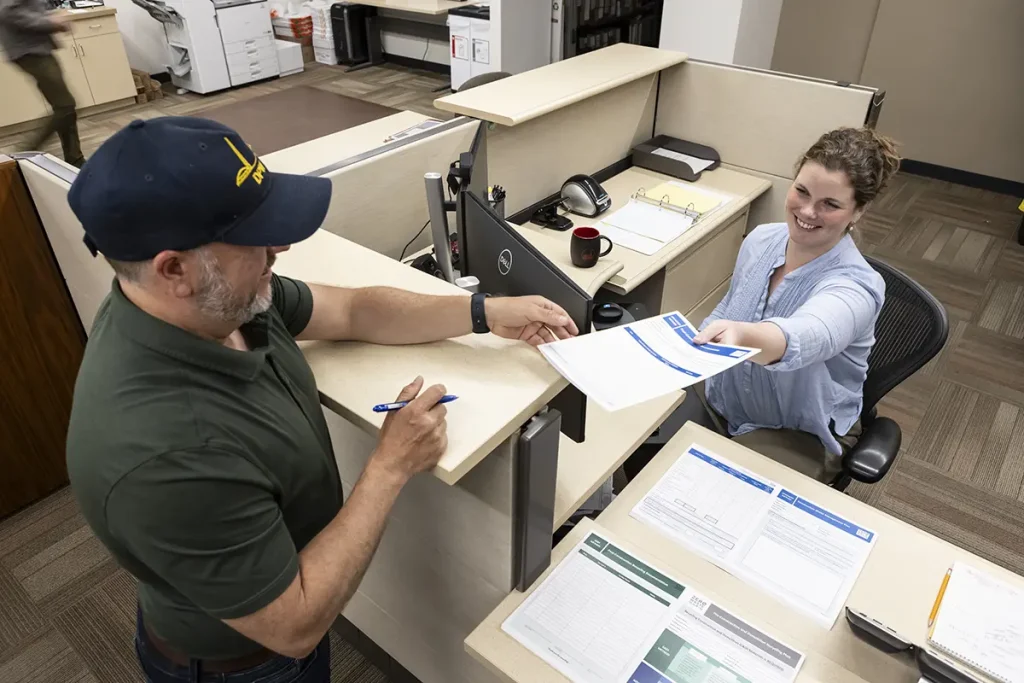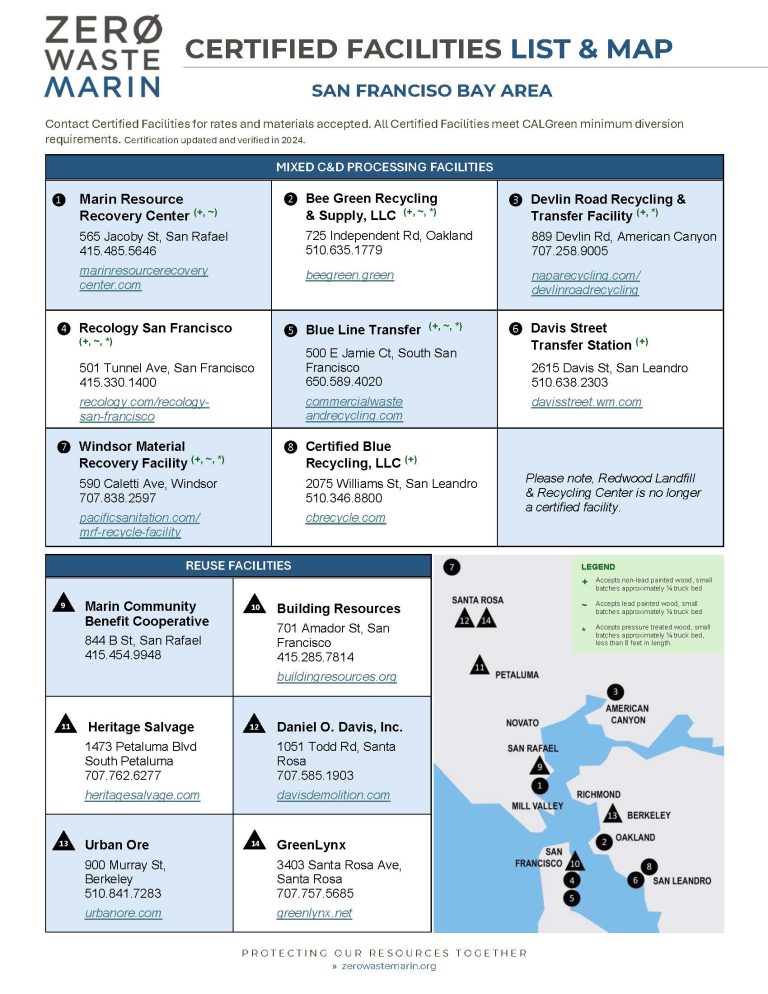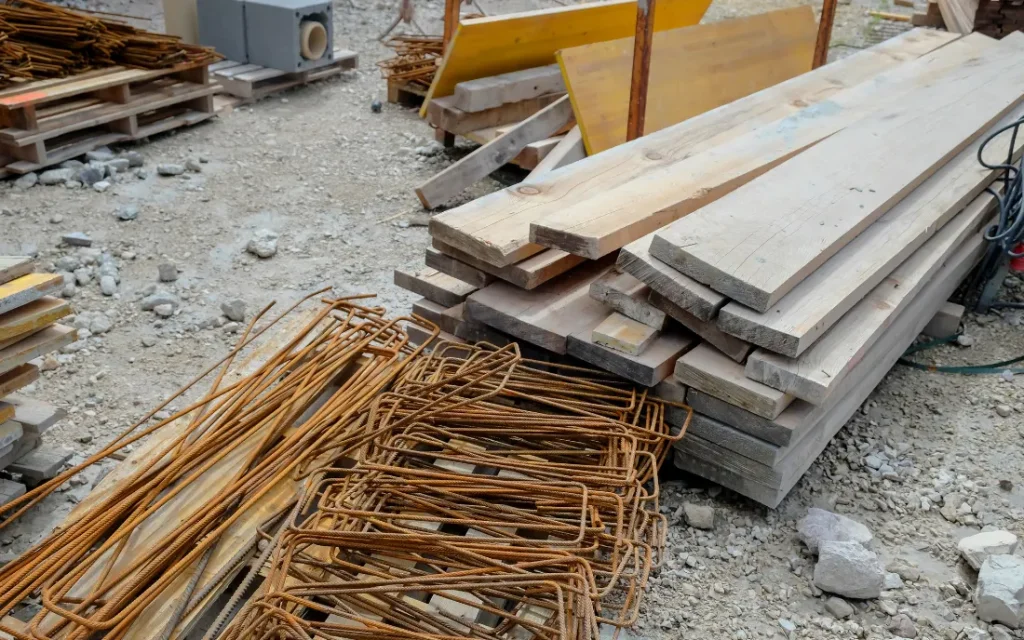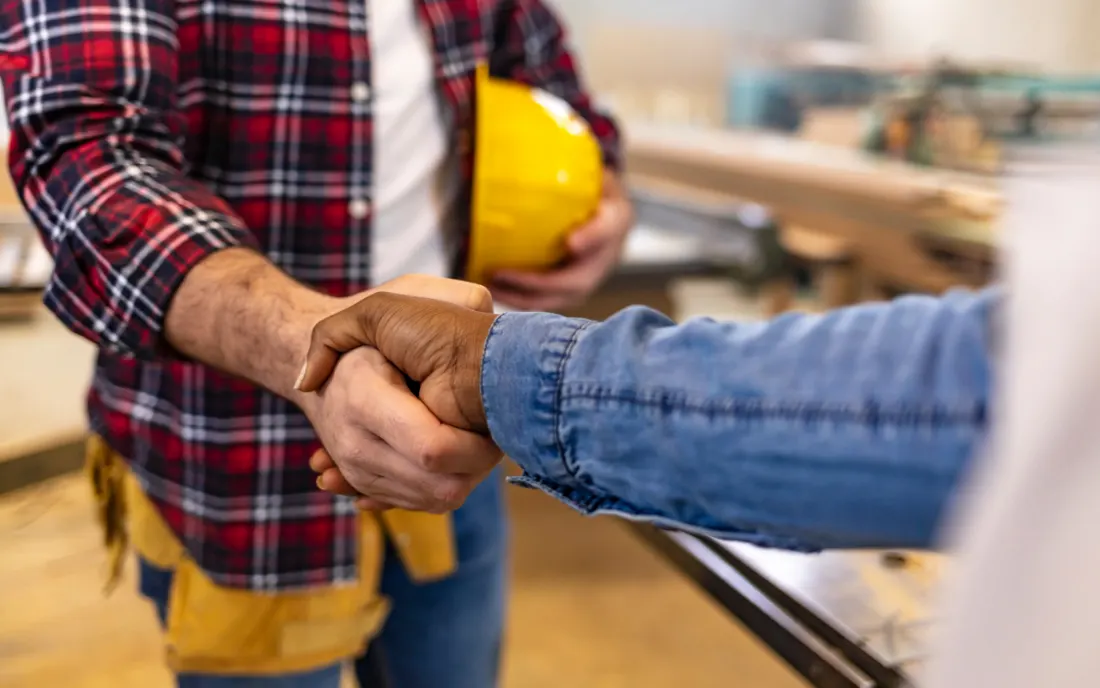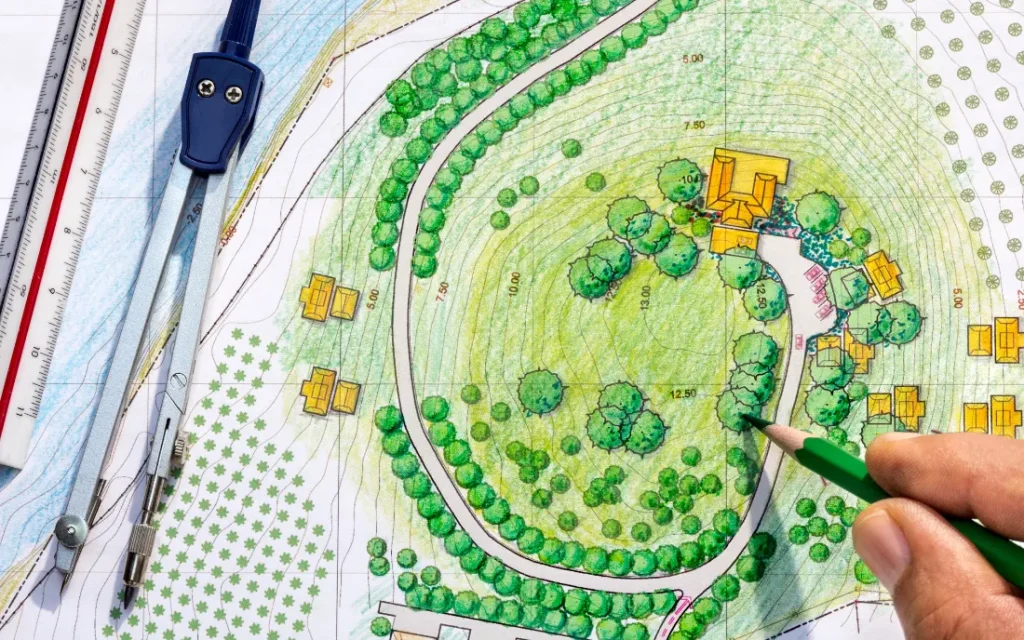Construction & Demolition
What do contractors need to know about C&D requirements in Marin?
The County of Marin requires applicants seeking construction and/or demolition permits for projects 5,000 square feet and more to track and divert a minimum of 65% of the discards created during the project. Diversion is achieved through recycling or reuse. All contractors and sub-contractors are responsible for the proper management of the C&D debris on the project site. This may involve separating recyclable materials from non-recyclable materials before hauling to a recycling or disposal facility in order to achieve 65% diversion.
What are C&D waste best practices?
- Source separation of materials is preferred for higher recovery
- Use a permitted debris box hauler and request that the C&D is processed at a Certified C&D Facility, or self-haul to Certified C&D Facilities
- For loads of mixed C&D, request that they be processed for recycling
- Taking these steps will increase the amount of materials your project can divert from landfill disposal and saves resources by helping C&D waste become useful recycled products.


